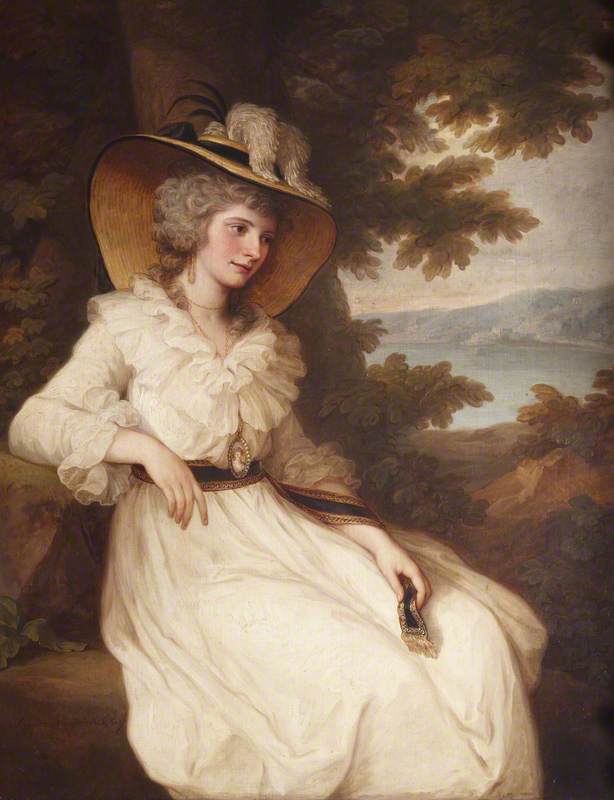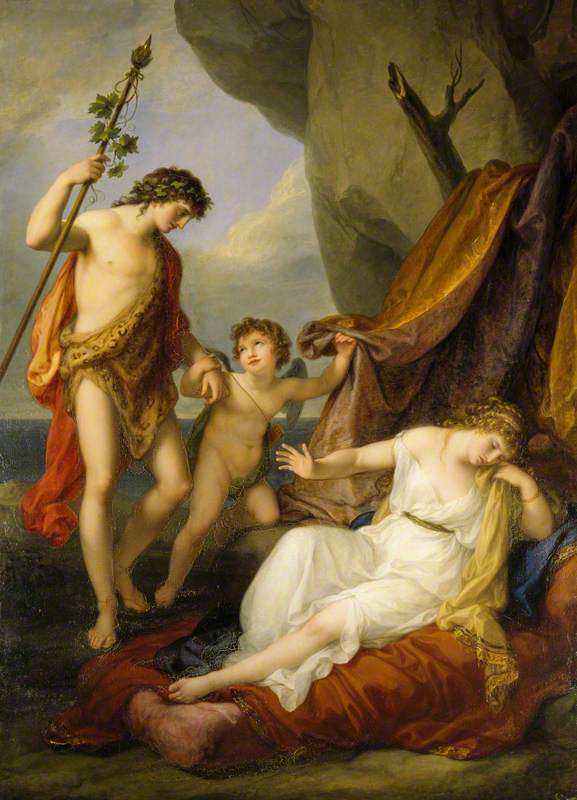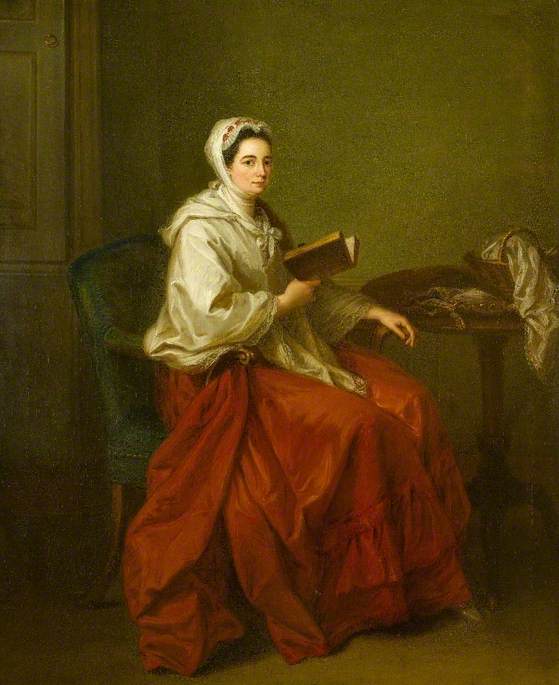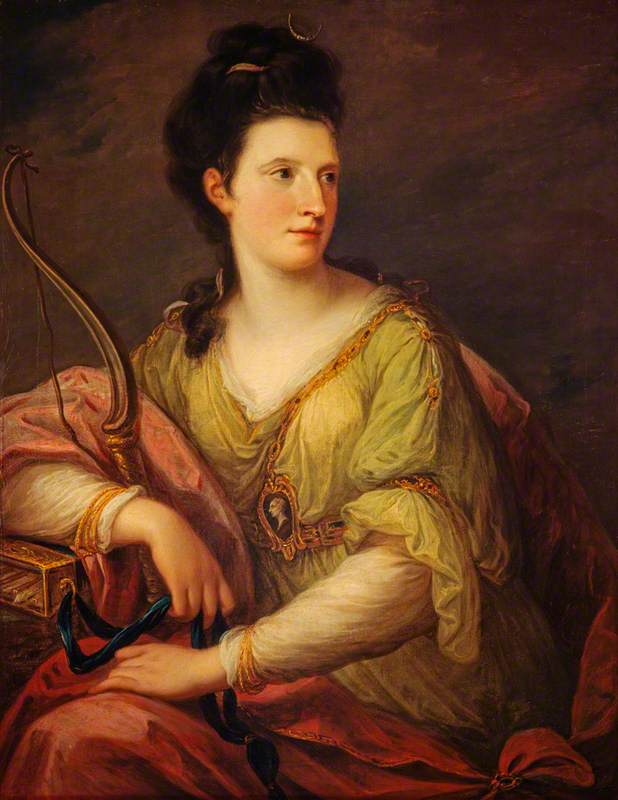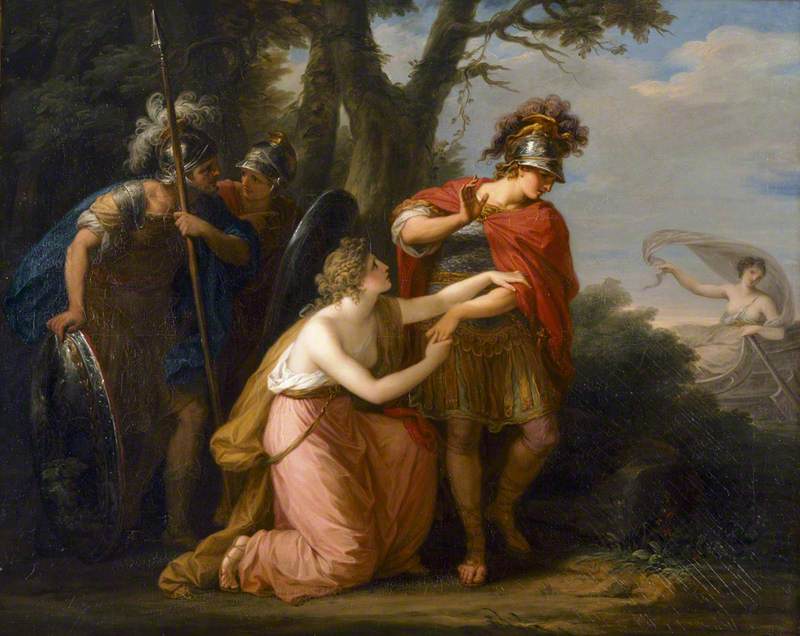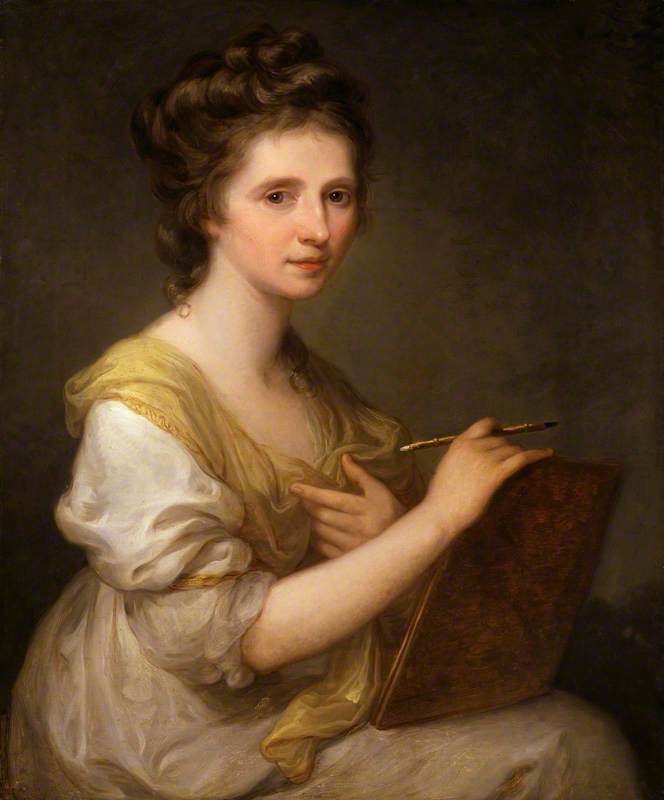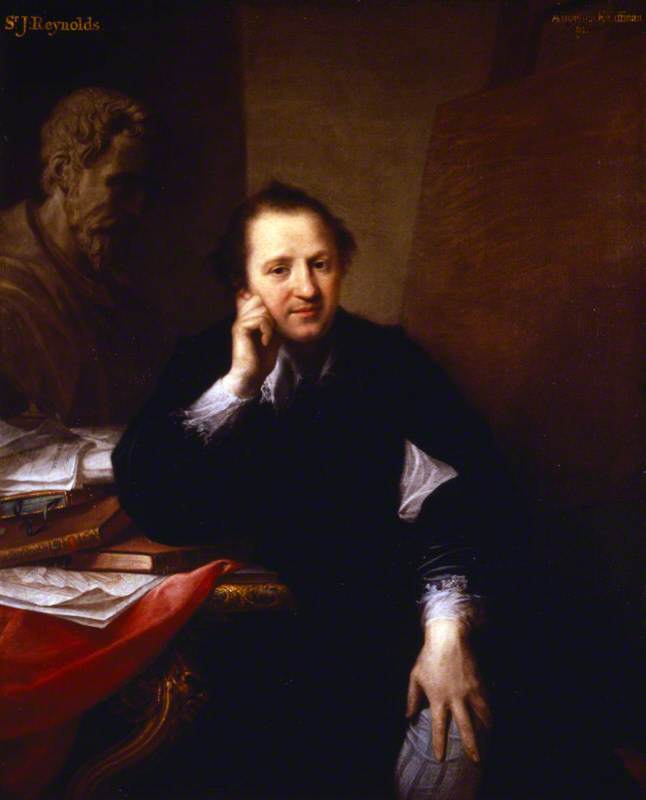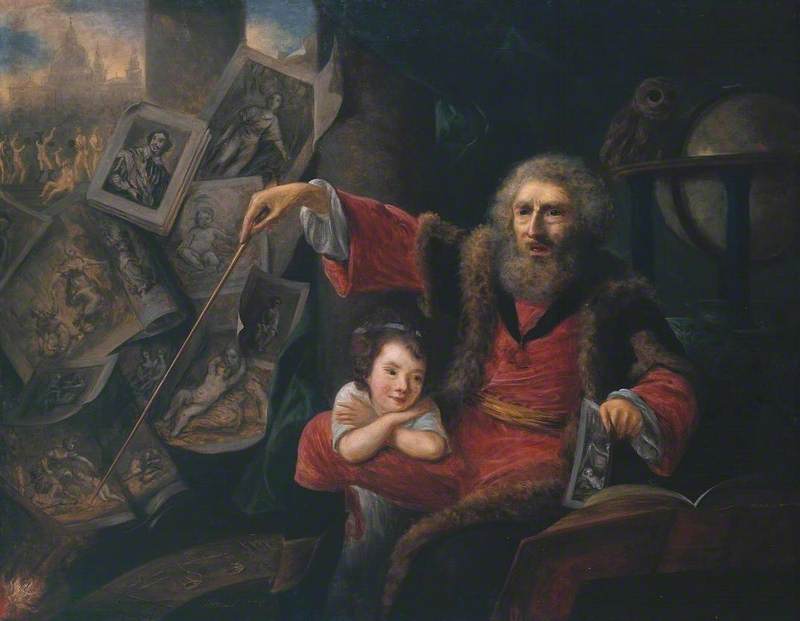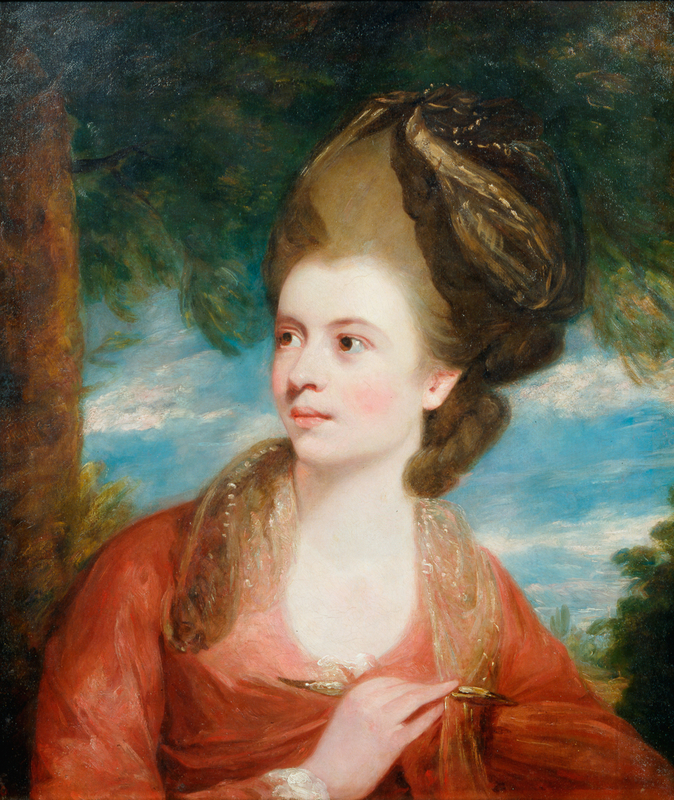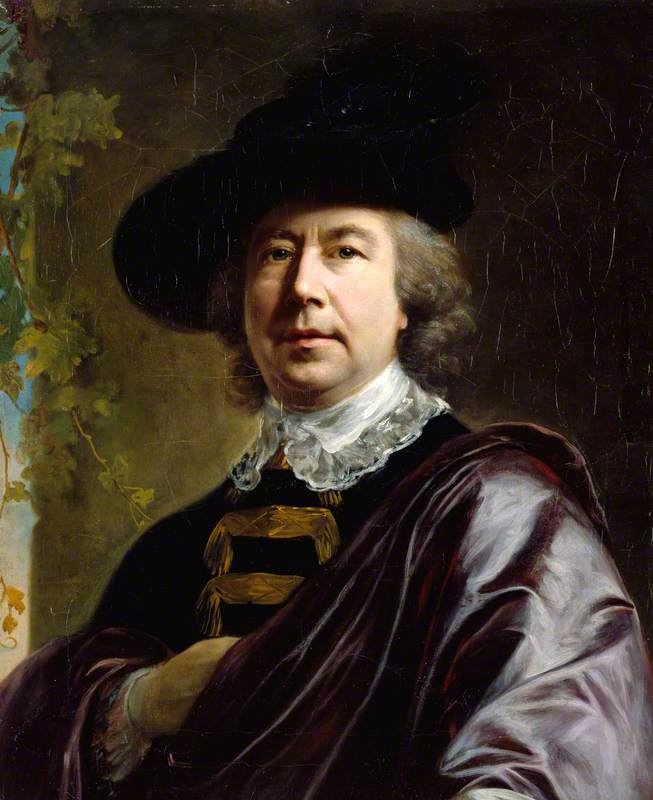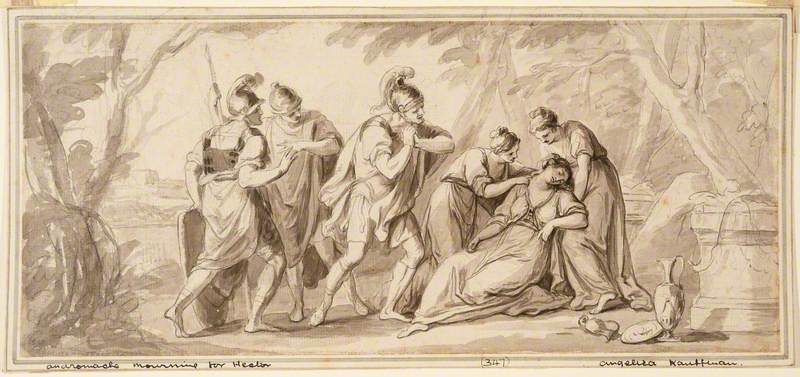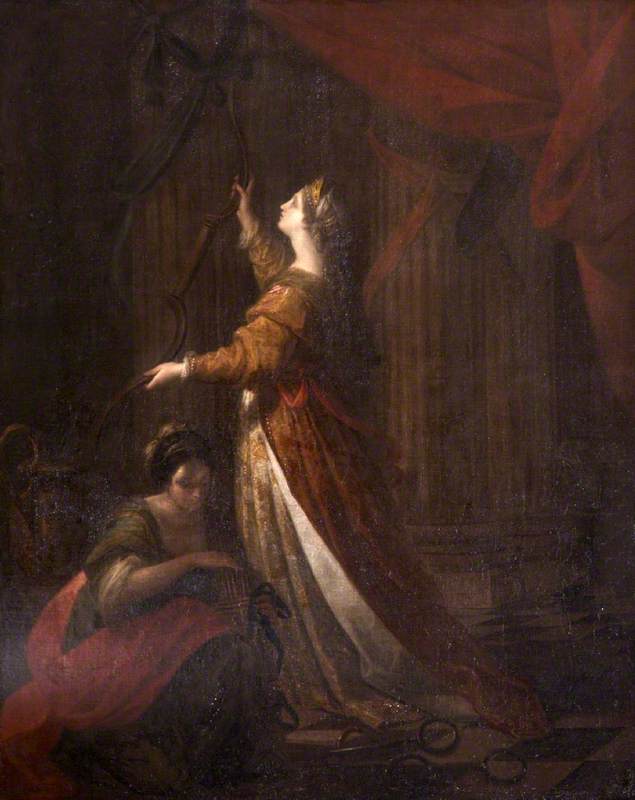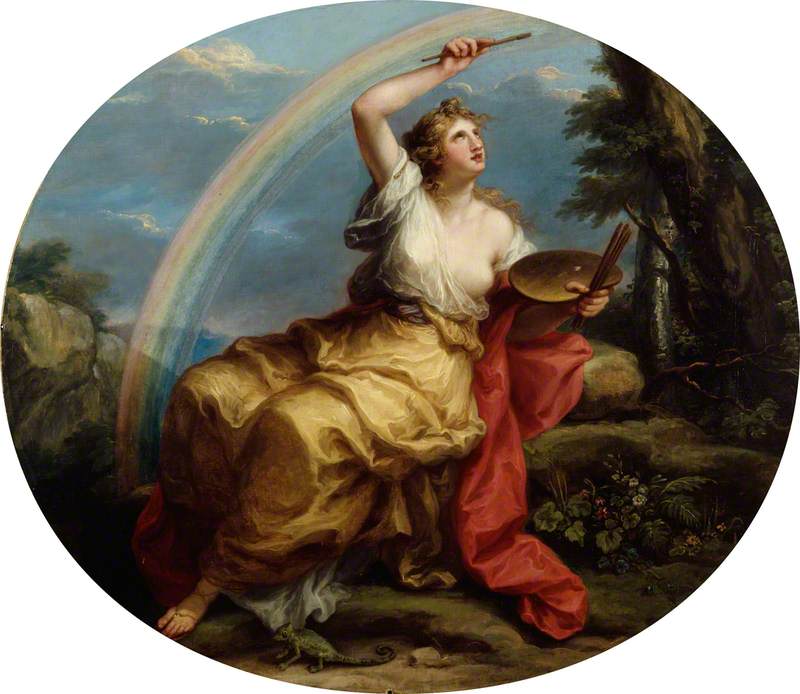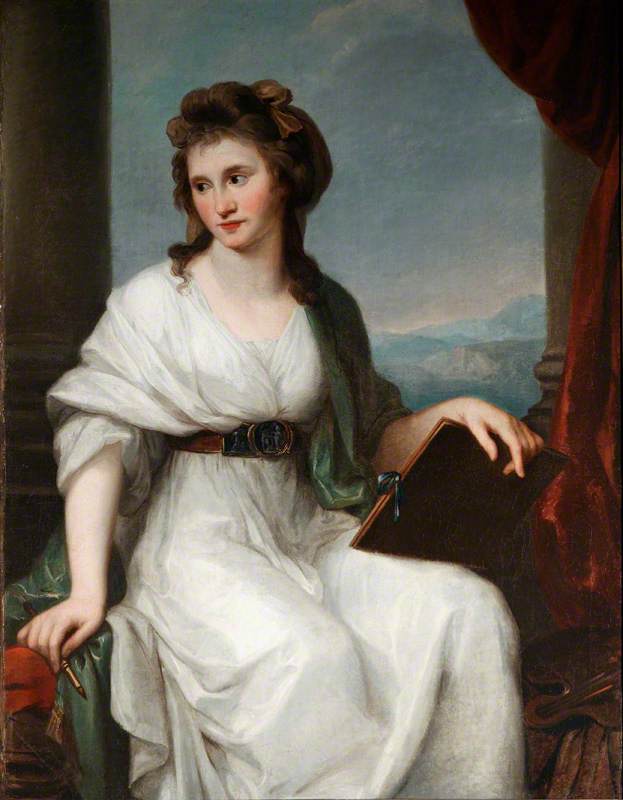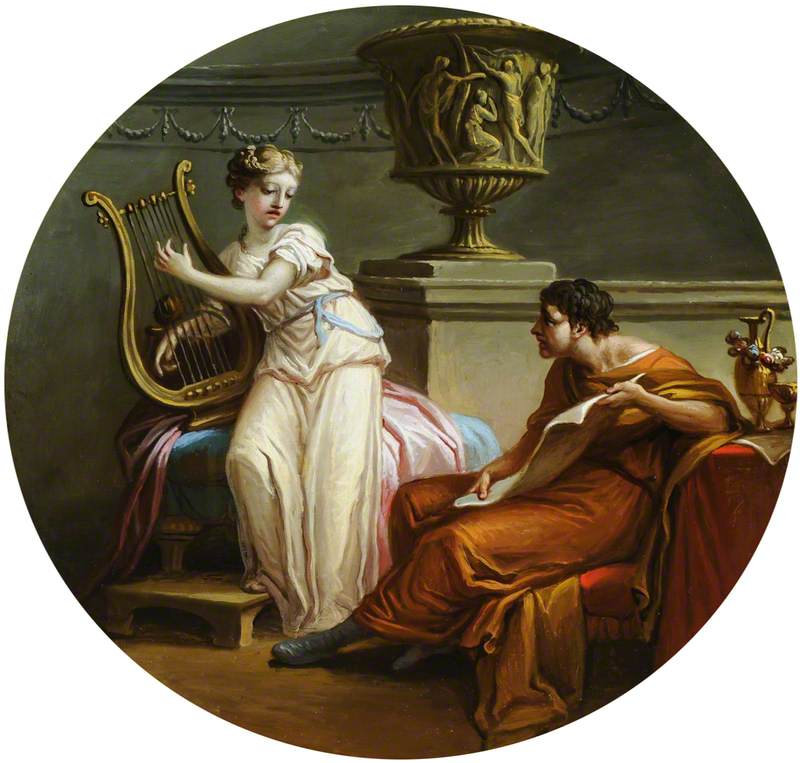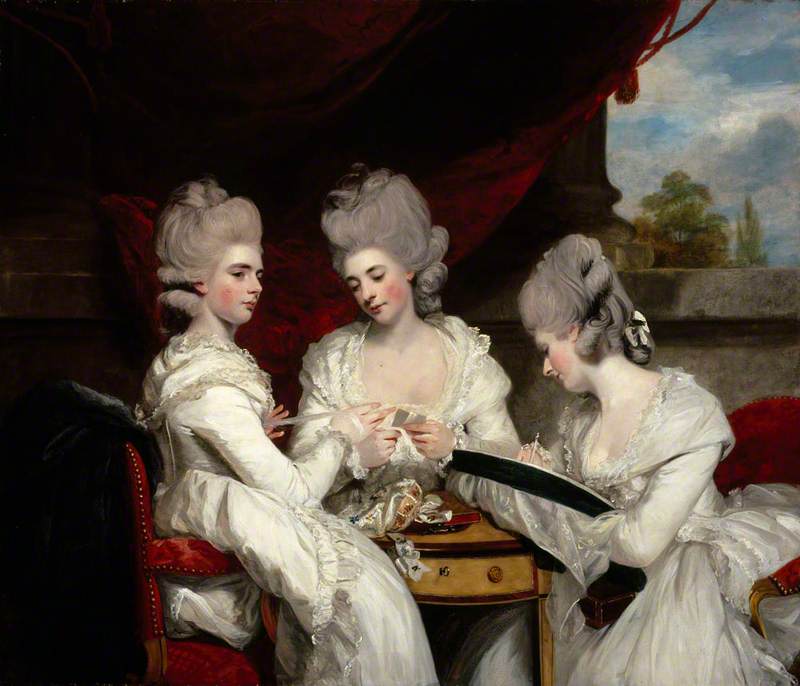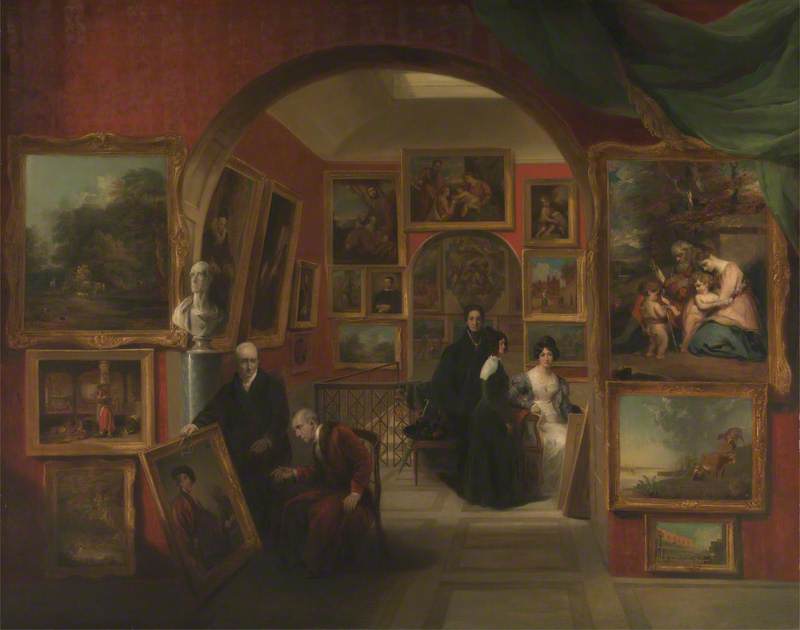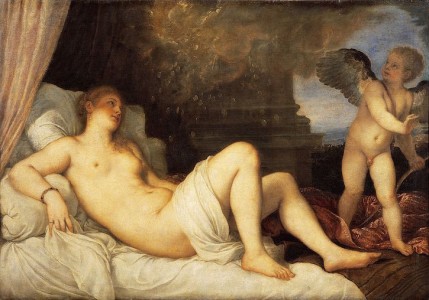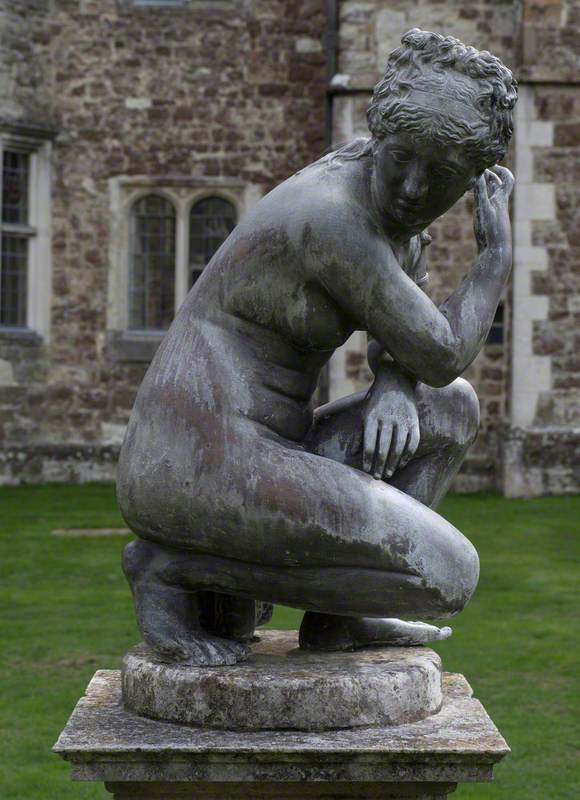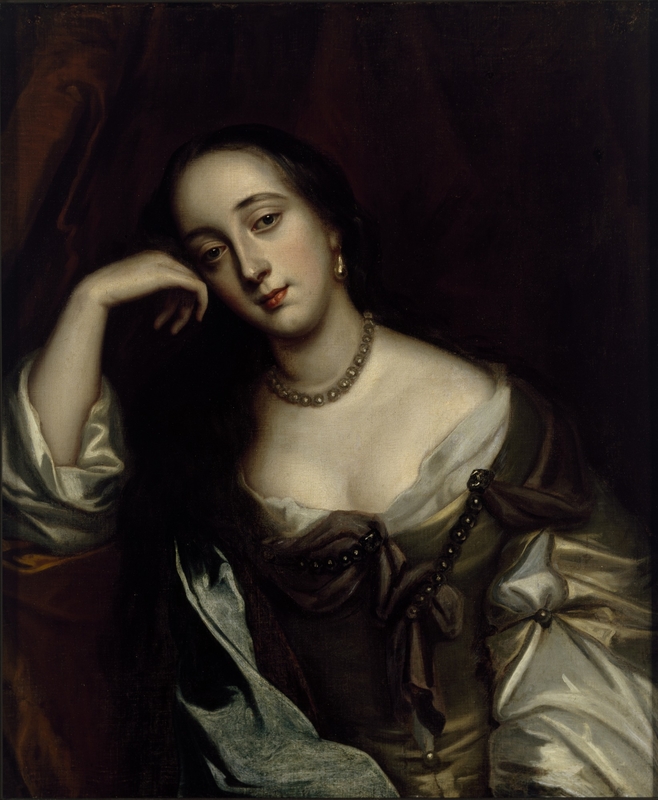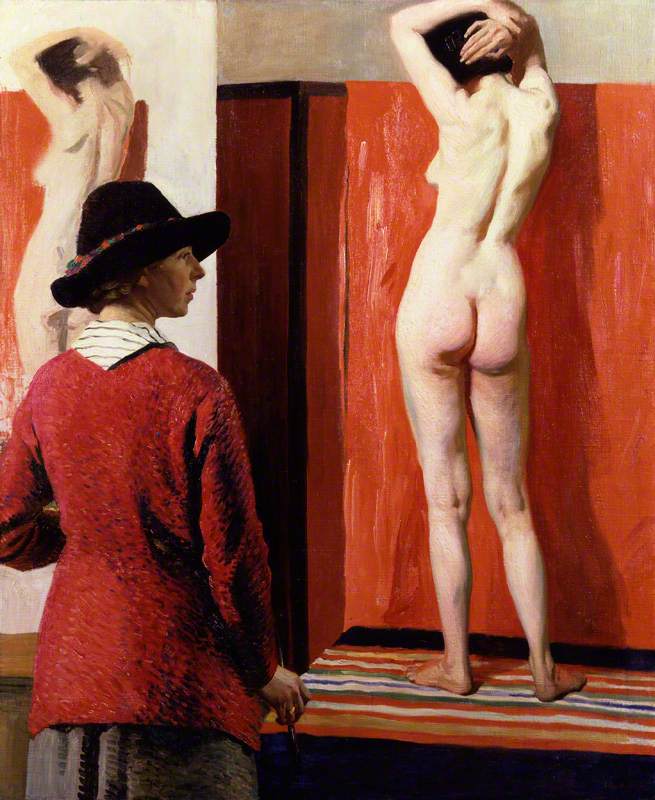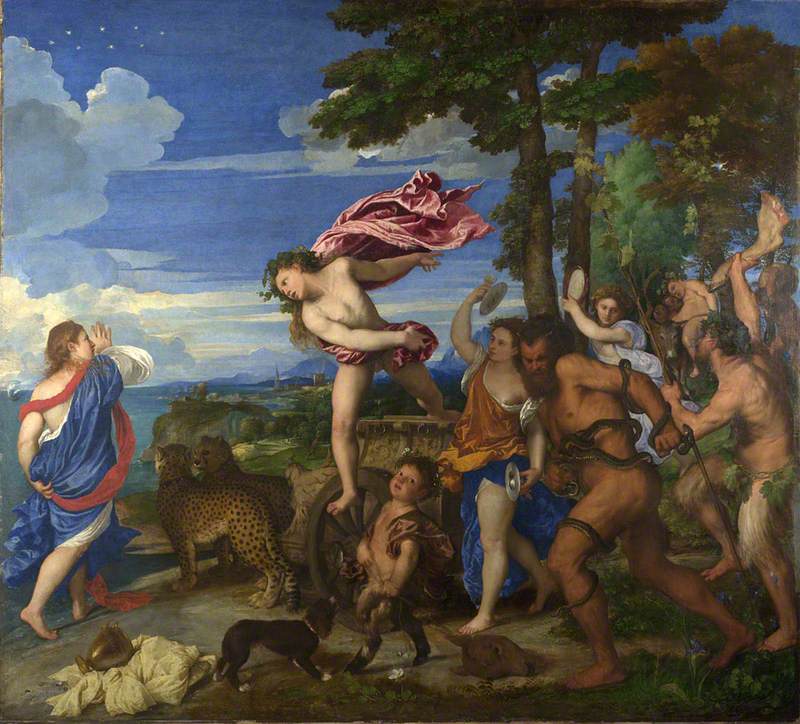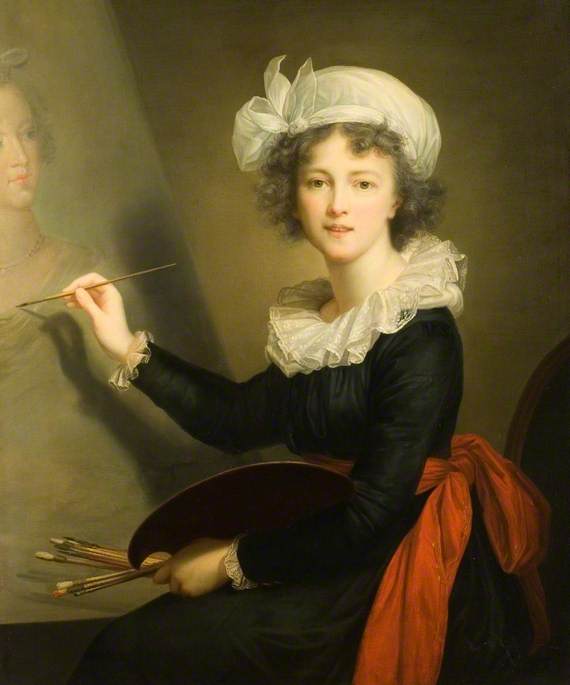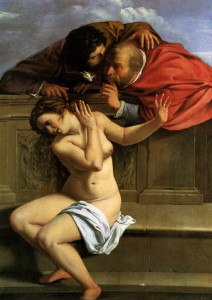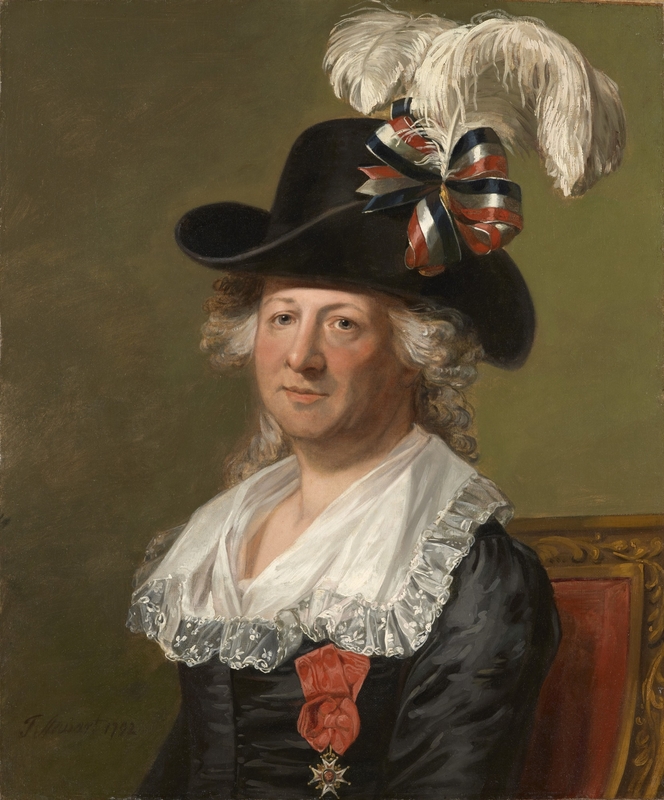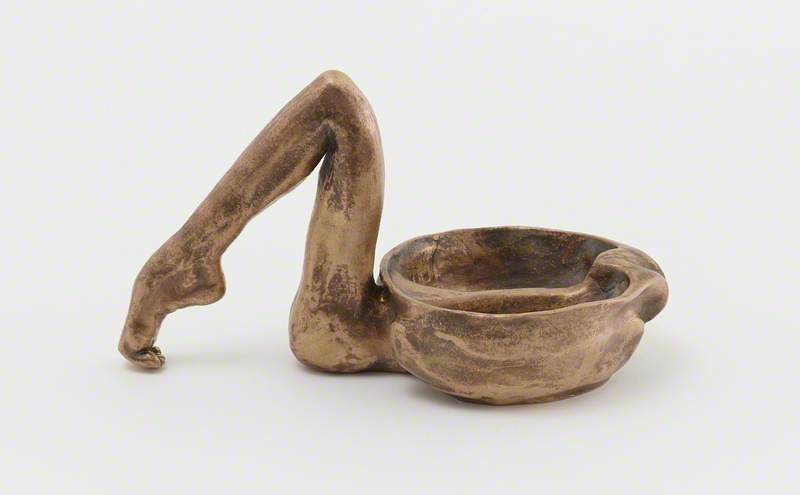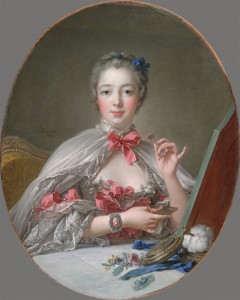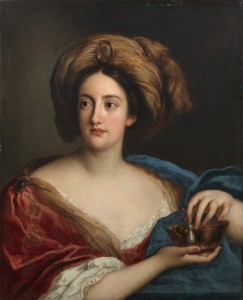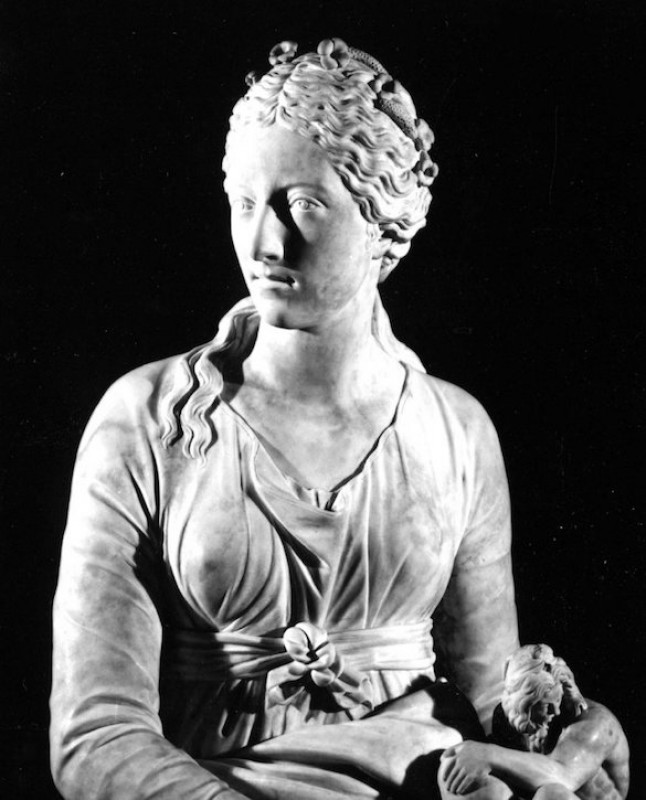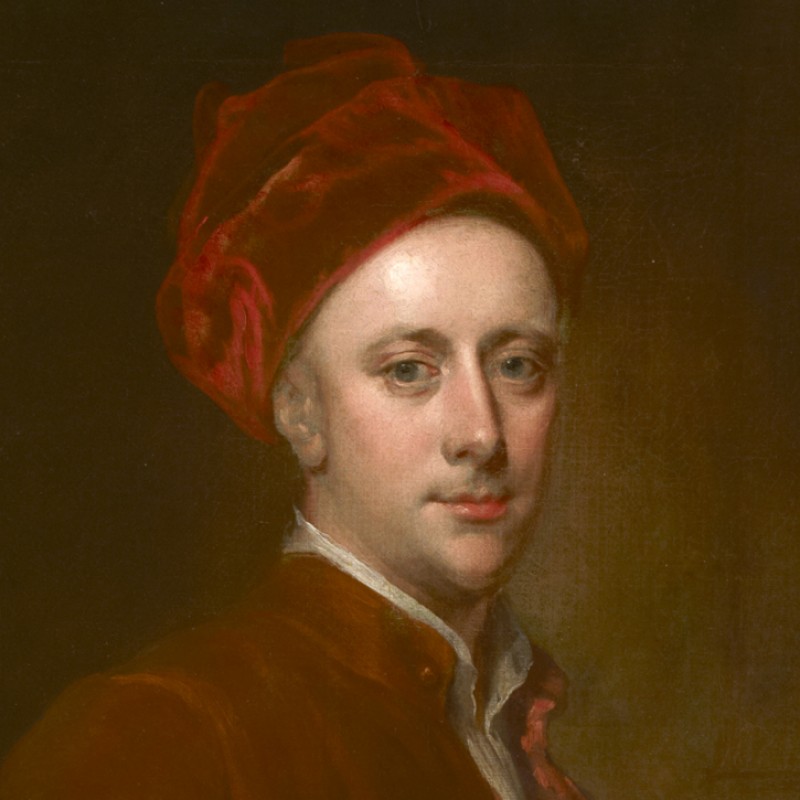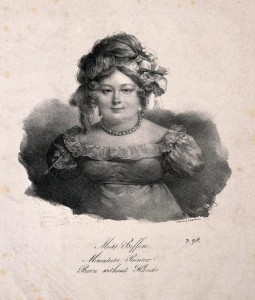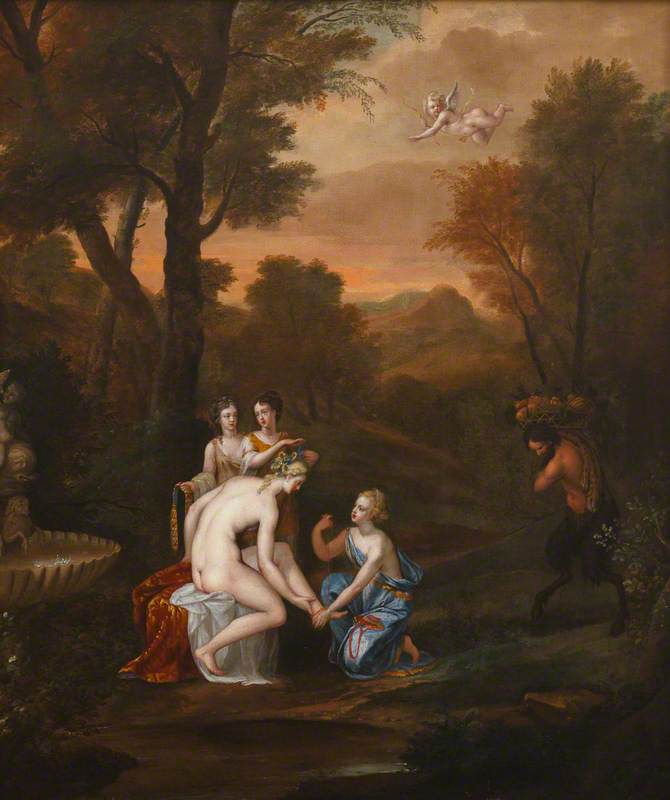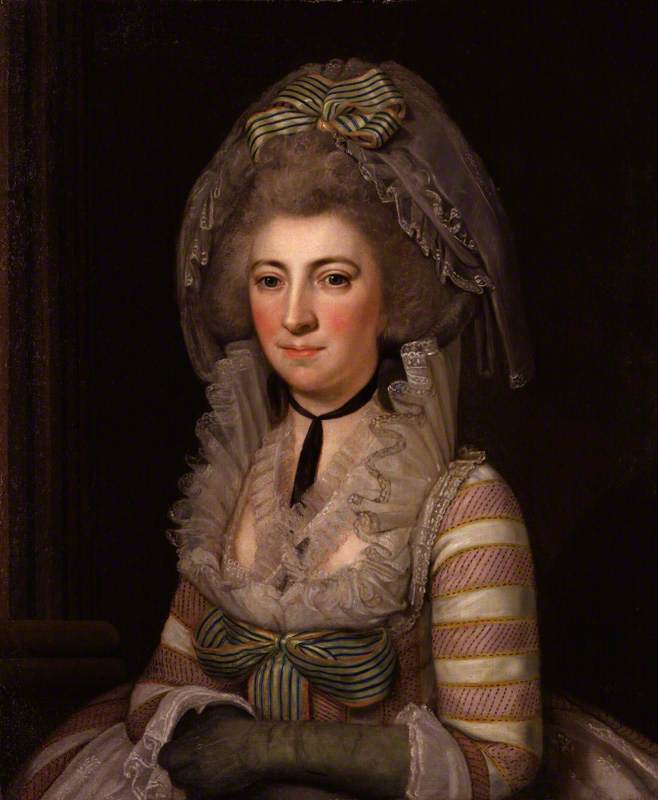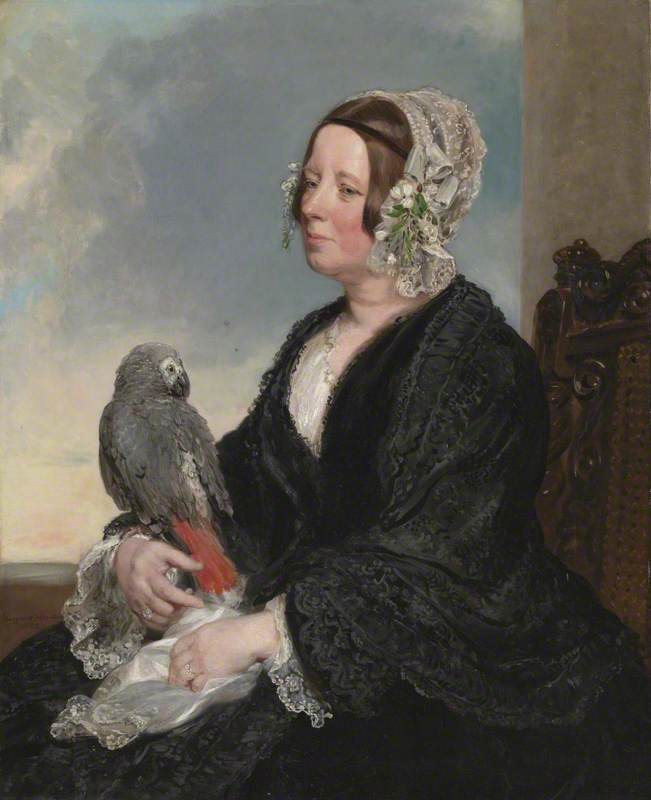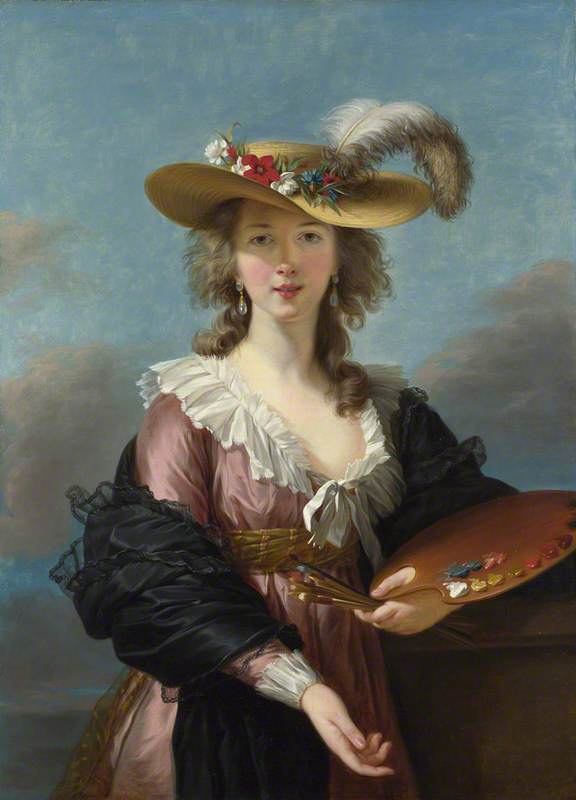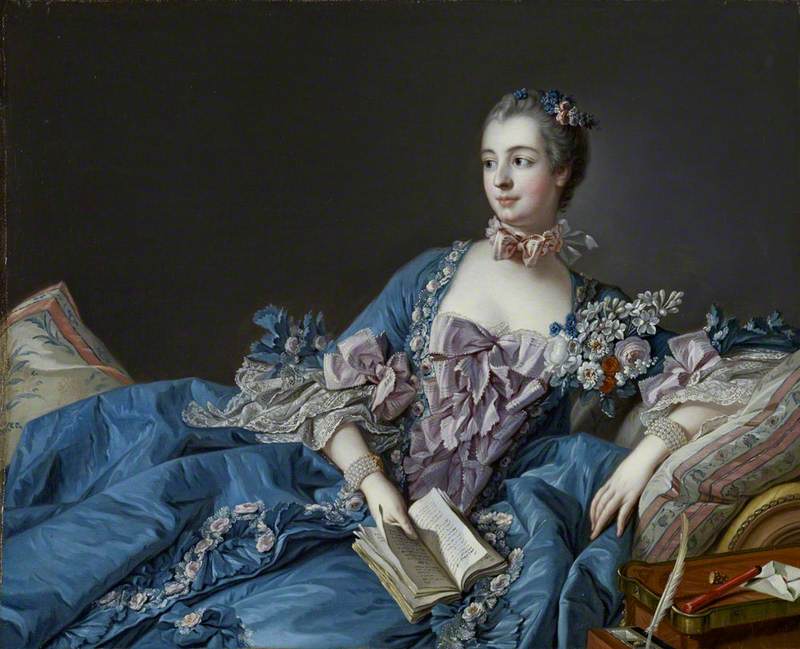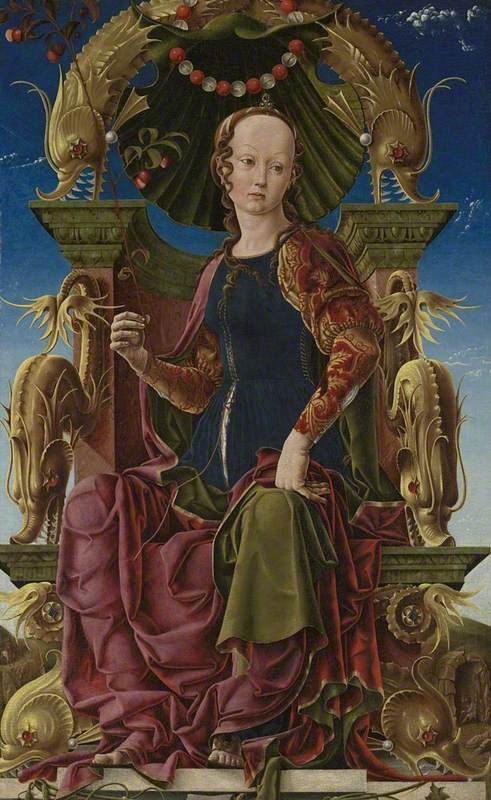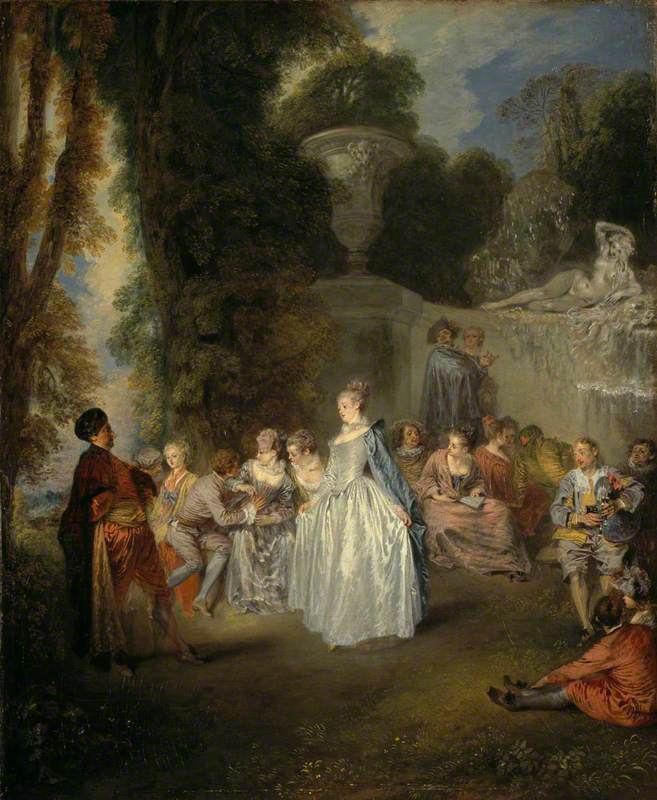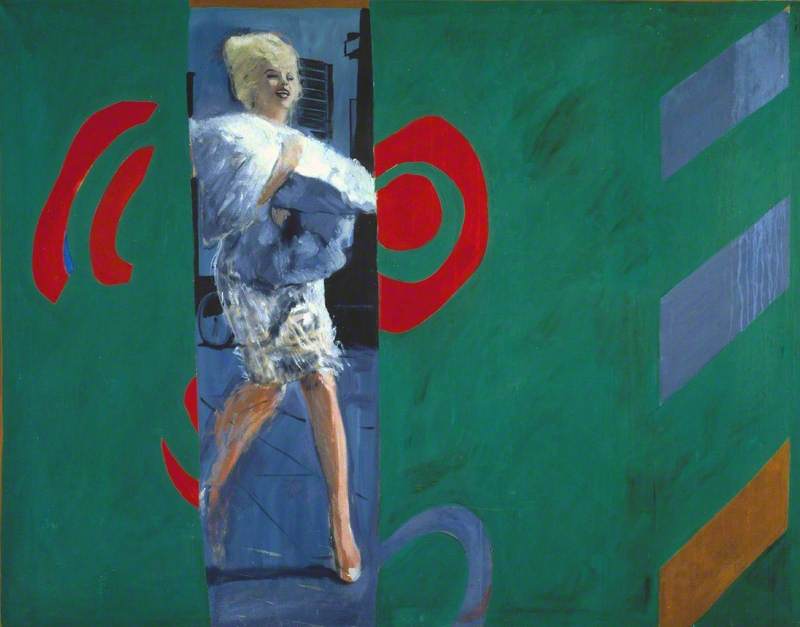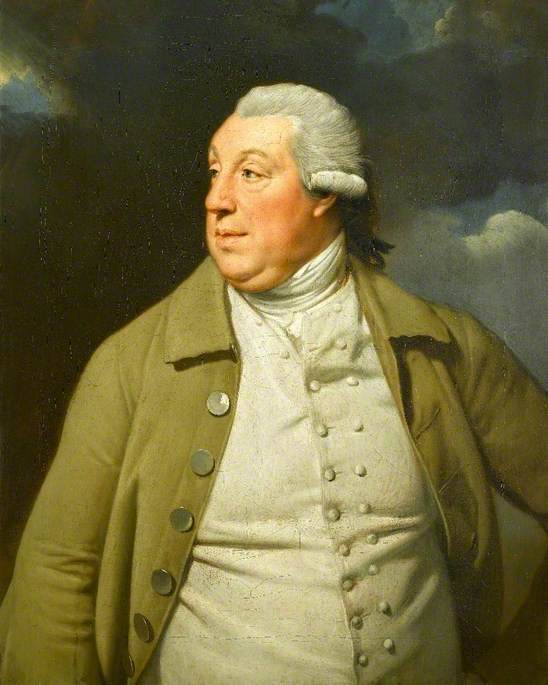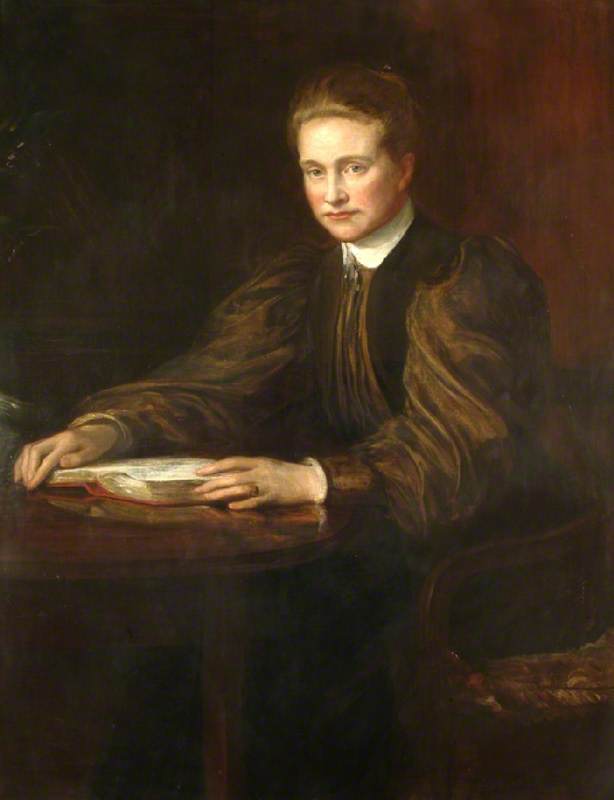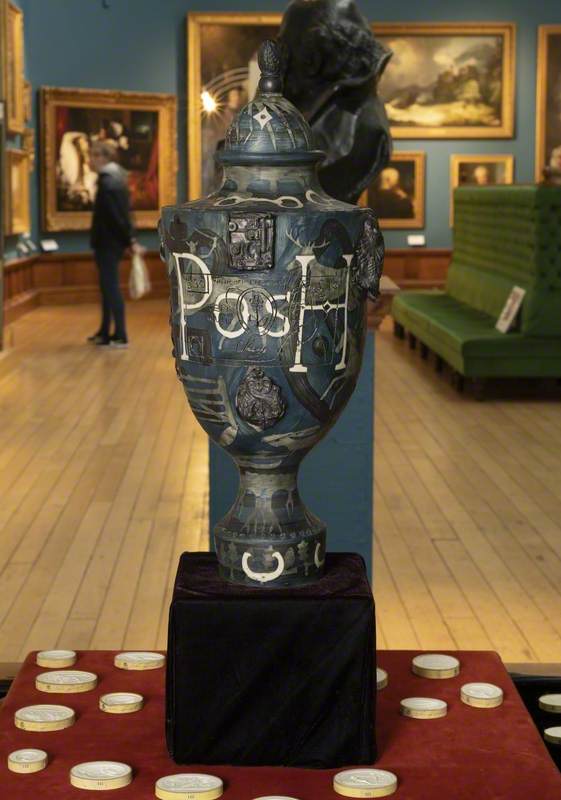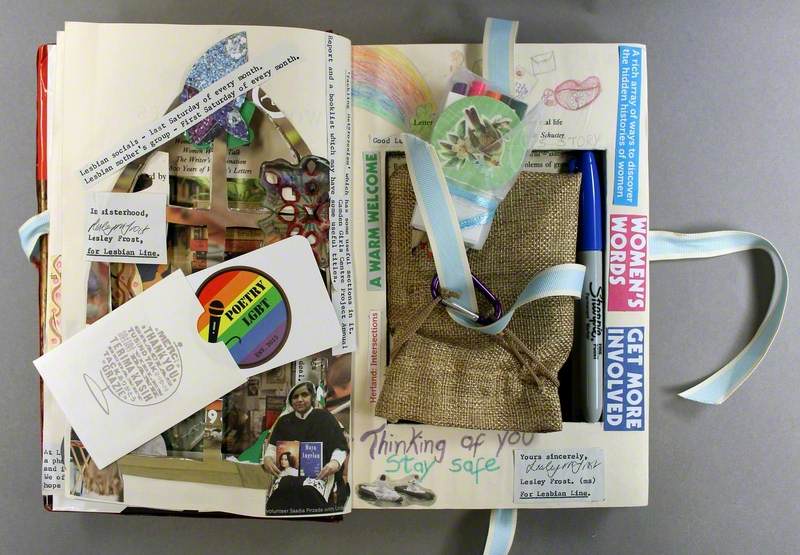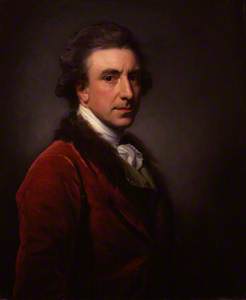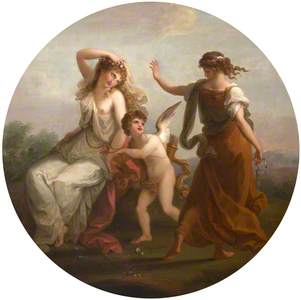In my new book, The Mirror and the Palette: Rebellion, Revolution and Resilience: 500 Years of Women's Self-Portraits, which spans 500 years of women's contributions to art history, I highlight the story of Angelica Kauffmann (1741–1807).
An artist who became one of the leading history painters of her day, time and again she used allegory as a springboard to reflect on history, politics – and her own place in the world.
Angelica was born on 30th October 1741 in Chur, Switzerland. Her father was an impoverished artist who encouraged his daughter's interest in art; her mother, Cléofa Lucci, was apparently equally enthusiastic. By the age of 11, Angelica's prodigious talents were widely recognised: she was a gifted musician, spoke four languages, and was commissioned to paint portraits of aristocrats and members of the clergy, such as the Bishop of Como, Nevroni Cappucino and possibly Archbishop Richard Robinson (although this work is also attributed to Joshua Reynolds).
Archbishop Richard Robinson (1708–1794)
c.1765
Angelica Kauffmann (1741–1807) and Joshua Reynolds (1723–1792) 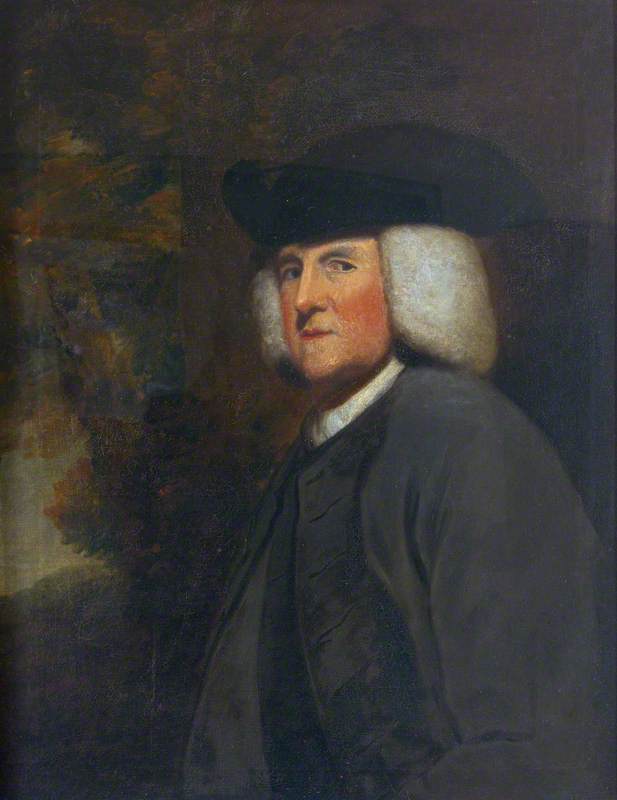
Her mother died when Angelica was 13 and she and her father moved from Como to Milan and then to Schwarzenberg in Austria before returning to Italy, where Angelica became a member of the Accademia di Belle Arti di Firenze in 1762 – an extraordinary achievement for a woman of only 21. As famous for her charm as she was for her artistic gifts, she became a fashionable portraitist for British tourists in Rome – then the centre of the Western art world – and became best friends with Joshua Reynolds (they painted each other's portraits).
In 1764 she painted a portrait of the famous German art historian and archaeologist Johann Joachim Winckelmann: she depicts him deep in thought in a dark room, writing in a book that is resting on a bas-relief of the Three Graces. Her fame was now assured.
A talented, beautiful and independent woman, it was inevitable she would have her detractors. She had to deal with a great deal of gossip: one rumour had it that she was 'intimate' with Reynolds and there was a scandal when she 'was alleged to be the half-nude woman in the corner of the Irish artist Nathaniel Hone's satirical portrait of Reynolds.'
The year before the inauguration of the Royal Academy, however, Angelica's life was marred by a terrible scandal: she was duped into marrying a man who presented himself as Frederick de Horn, a wealthy Swedish count. He was in fact a brute, a swindler and a penniless valet. They broke up within a few months and never saw each other again, but not before he had humiliated Angelica and stolen her savings.
The betrayal was swiftly followed by distressing rumours of a bizarre conspiracy that was published in the Manuel des Curieux et des Beaux Arts magazine: namely, that Reynolds had somehow had a hand in the affair. Why he might have wanted to have anything to do with such a terrible episode is unclear.
Frances A. Gerard – whose book on the artist was published in 1892 – documented the case, and mentions that 'Angelica herself, in the public papers, addressed a letter to the editor of the Manuel des Curieux et des Beaux Arts denying there was any truth in these assertions.' Gerard then says:
'From other sources of information, however, there is not the smallest doubt that this contemptible mystification was planned for the humiliation of the artist and that Reynolds had a hand in the game. Whether it was he, or a friend of his, an artist, who had proposed for Angelica and been refused, it is enough that out of revenge these two concocted the plot to disgrace her.'
Gerard concludes by theorising that the terrible deception was masterminded by two Irish artists, Nathaniel Dance-Holland and Nathaniel Hone. Angelica had apparently rejected Dance-Holland's advances, and both wanted to slur Reynolds's name. Whatever the truth of the matter, Angelica and Reynolds weathered the crisis and remained friends for the rest of their lives.
Thankfully, in the wake of these devastating events, Angelica's friends rallied around and she gradually recovered financially – she was, by now, supporting her father and paying for the running of her household. Although Angelica earned her living primarily as a portrait painter – we know of 22 portraits, of which nine are self portraits – she considered herself primarily a history painter.
In one year alone, 1768, she painted Hector Taking Leave of Andromache, Venus Directing Aeneas and Achates to Carthage, and Penelope Taking Down the Bow of Ulysses. These are paintings that seem to have emerged fully-fledged from a dream: all of the drama of the Greek myths has been subsumed into something much quieter and introspective – tender scenes of human interaction.
While the tone of Frances Gerard's biography is largely adoring, she is in parts quite surprisingly savage. After listing Angelica's qualities as an artist, she dismisses some of her paintings because they are 'dreadful', 'repeat themselves with wearisome fidelity' and says 'her heroes look like girls dressed up as men' – something which shouldn't perhaps have been surprising, given that women were barred from the life-drawing room.
Penelope Weeping over the Bow of Ulysses
1779 or before
Angelica Kauffmann (1741–1807) 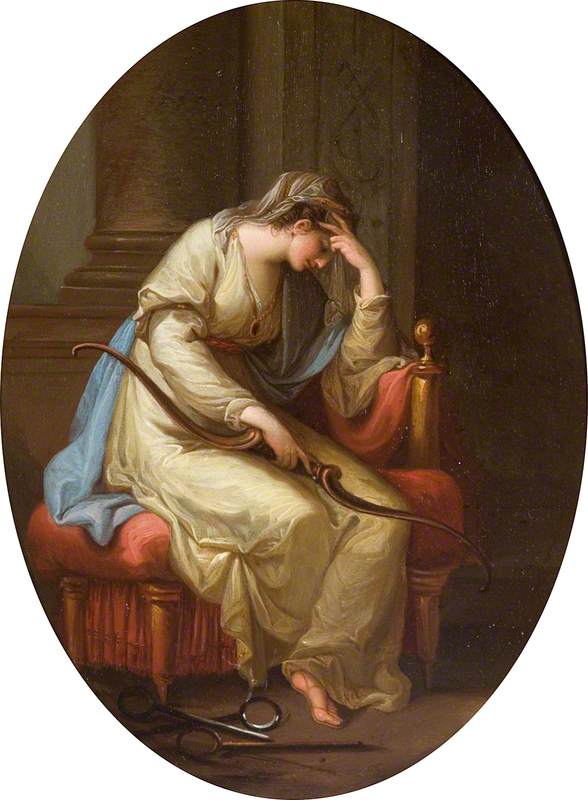
In 1766, encouraged by Reynolds, Angelica moved to London, where she introduced the latest neoclassical ideas and established herself as a professional artist. Although 'self-advertisement was thought to be unfeminine', she was a canny self-promoter. Two months after her arrival, she wrote to her father: 'I have four rooms, one in which I paint, the other where I set up my finished paintings as is here the custom [so that] the people [can] come into the house to sit – to visit me – or to see my work; I could not possibly receive people in a poorly furnished house.'
In 1781, in London, Angelica married the Venetian artist Antonio Zucchi – a man, by all accounts, who was the opposite of her first husband. In July that year, accompanied by her father, they sailed for Ostend and eventually settled in Venice, where Angelica's portraits were in high demand. However, when her father died in the city in January 1782, Angelica couldn't bear to stay. Grief-stricken, they moved to Naples, where Angelica made sketches for a royal portrait, and then to Rome, where she became close friends with the renowned writer Johann Wolfgang von Goethe whom she painted in 1787.
It was in Rome at the age of 53 that Angelica painted her large Self Portrait of the Artist Hesitating Between the Arts of Music and Painting (1794).
Self Portrait of the Artist Hesitating between the Arts of Music and Painting
1794
Angelica Kauffmann (1741–1807) 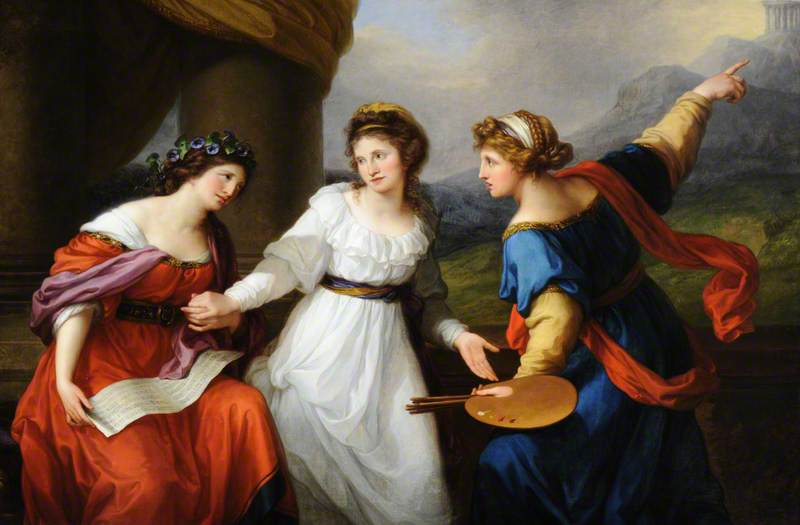
The painting's theme is both allegorical and literal. It is at once inspired by the classical tale of Hercules choosing between Pleasure and Virtue, and also based on a real episode in Angelica's youth when she had to decide whether to pursue an artistic or a musical career. Angelica was equally gifted in both arts. Apparently undecided, she asked a priest for advice: he replied that painting 'was a nobler as well as morally safer profession for a young woman to follow'.
Angelica depicts herself as a young girl dressed in white in between the figure of Music – a somewhat passive, voluptuous woman in red holding a score, who gazes at her imploringly – and that of Painting, embodied by a far more dynamic figure in blue, with a billowing red sash. The latter's left hand grips a palette, and her right hand urgently points to a far-off temple, atop a steep hill.
Despite the fact that music was an easier profession for a woman to excel in at the time and had the added bonus of having no life studios to be barred from, Angelica's decision is clear: she gently squeezes Music's hand, as if in apology, while moving towards the steep hill that Painting gestures to. The road to becoming a painter might be difficult, but it's where she's headed.
Angelica Kauffmann
1808, marble sculpture by Johann Peter Kauffmann (1764–1829) 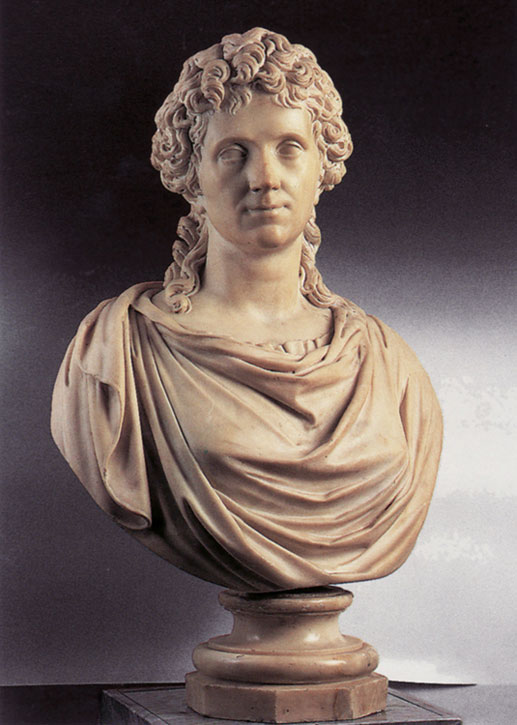
When Angelica died in 1807, the sculptor Antonio Canova directed her funeral. A commemorative bust, sculpted by her cousin Johann Peter Kauffmann, was placed next to Raphael's in the Pantheon in the heart of Rome. Her fame was such that her biography was published in 1810 by the poet and biographer Giovanni Gherardo de Rossi – it was the basis of a romance by Léon de Wailly in 1838 and inspired Anne Isabella Thackeray's 1875 novel Miss Angel.
Archibald, Lord Montgomerie (1773–1814)
1800
Angelica Kauffmann (1741–1807) 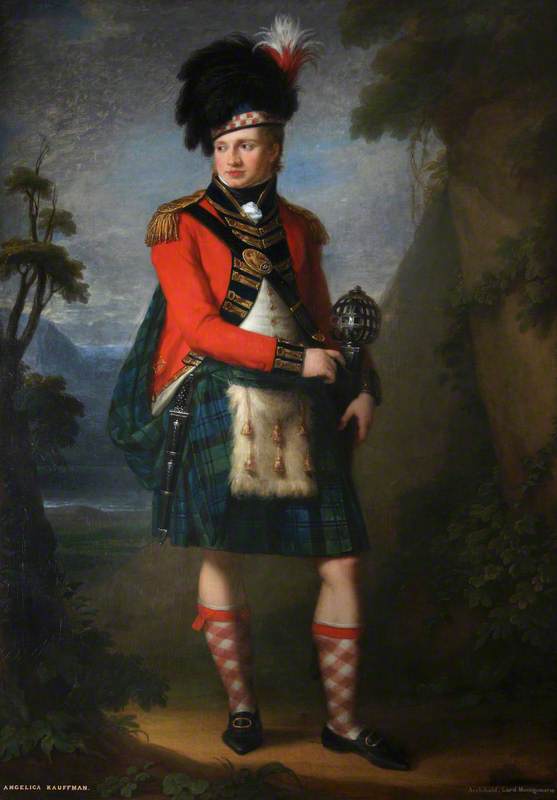
Although Kauffmann had been embraced by the Royal Academy, the battle for equality was far from over. It took 168 years from the appointments of Kauffmann and Mary Moser for a woman to be elected to full membership of the Royal Academy, with the arrival of Laura Knight in 1936.
Jennifer Higgie, Host of the Bow Down podcast and author of The Mirror and the Palette: Rebellion, Revolution and Resilience: 500 Years of Women's Self-Portraits, published by Weidenfeld & Nicolson in hardback on 18th March 2021
